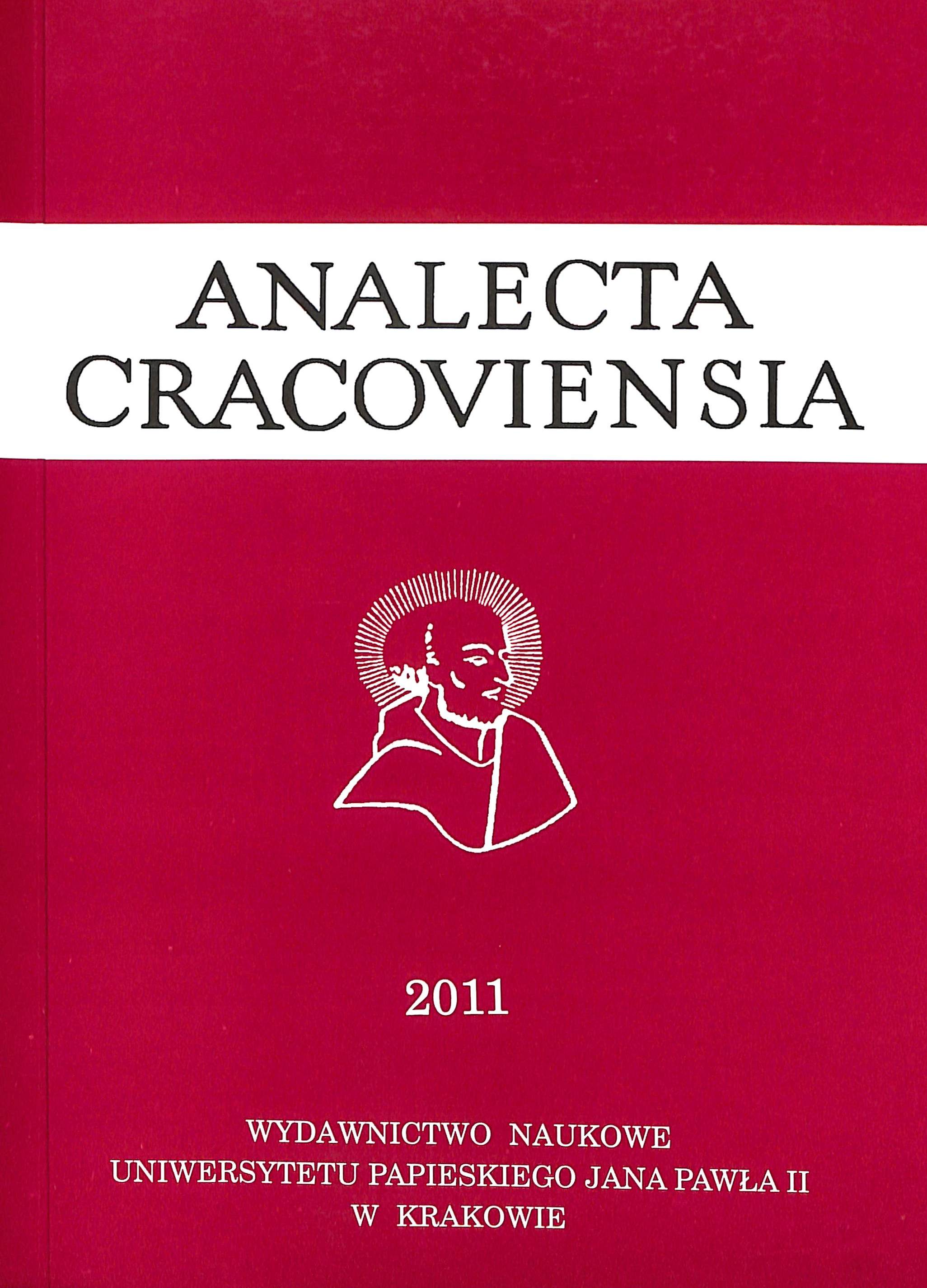In Search of Expression of Faith: Two Complementary Ways in the Central Europe – Art and Mysticism
DOI:
https://doi.org/10.15633/acr.4323Słowa kluczowe:
mysticism, art, symbolism, Central Europe, expression of faithAbstrakt
The one of the most important trends of medieval culture was the tension between faith and its expression. This text explains how two parts of the medieval culture – art and mysticism was becoming the manifestation of faith. The picturing legend of saint Hedwig contains the miniature which represents God the Father entrusting Gabriel the mission, God the Father holding Jesus Child and archangel Gabriel announcing to Mary. The descending line, in which these pictures are disposed corresponds with the descending structure of the first sermon from the cycle In laudibusvirginis Mariae of Saint Bernard of Clairvaux. Bothe express the mystery of Incarnation. The retable from Świeżawa represents the Trinity as the Throne o f Grace (Sedesgratiae). In facts it represents God the Father displaying the crucified Christ. Two texts of mysticism converge on the content of this picture. Johannes Marienwerder (Jan of Kwidzyn) describes three ways of God’s cognition: way of reasoning, way of devotion and way of glorification. The prayer of Wladislaus, king of Bohemy and Hungary has also the Trinitarian structure – the praying person mentions the Father as Creator, the Son as savior and The Holy Spirit acting in Baptism. The nailed lamb from the retable quarter of Torun, named Quinitas is the integrating symbol, who connects the persons of picture. He symbolizes the crucified Christ and the Christ present in the Eucharist. The lamb from the mystical vision of Mechtild of Magdeburg holds the similar meaning. The press of wine – the wall painting in the Franciscan cloister in Cracow represents the situation, in which the blood of Christ flows from the basin of press to the mass chalice. It correspond with the theological explanation of eucharistie transformation in the work of Johannes Isner “Expositiomissae” Gertrude of Helfta recognizes the consecrated wine as a manifestation of love of Christ to his bride – Churche. The retable of Brzeg – Vir Dolorum represents the suffering Christ. Mechtild of Magdeburg displays the similar vision of the suffering Savior in her writings.
Pobrania
Opublikowane
Numer
Dział
Licencja
Prawa autorskie (c) 2011 Dariusz Tabor

Utwór dostępny jest na licencji Creative Commons Uznanie autorstwa 4.0 Międzynarodowe.
Autorzy publikujący w czasopiśmie udzielają jego wydawcy zgody o następującej treści:
- Autor zachowuje autorskie prawa majątkowe do utworu, a jednocześnie udziela wydawcy czasopisma zgody na jego pierwszą publikację w wersji drukowanej i wersji online na licencji Creative Commons Uznanie autorstwa 4.0 Międzynarodowe oraz zgody na wykonywanie opracowań, w tym przekładów.
- Autor ma możliwość udzielania zgody niewyłącznej na opublikowanie utworu w wersji, która ukazała się w czasopiśmie (np. zamieszczenia go w repozytorium instytucjonalnym lub opublikowania w książce), wraz z informacją o jego pierwszej publikacji w czasopiśmie.
- Autor może umieścić swój utwór online (np. w repozytorium instytucjonalnym lub na swojej stronie internetowej) jeszcze przed zgłoszeniem utworu do czasopisma.

